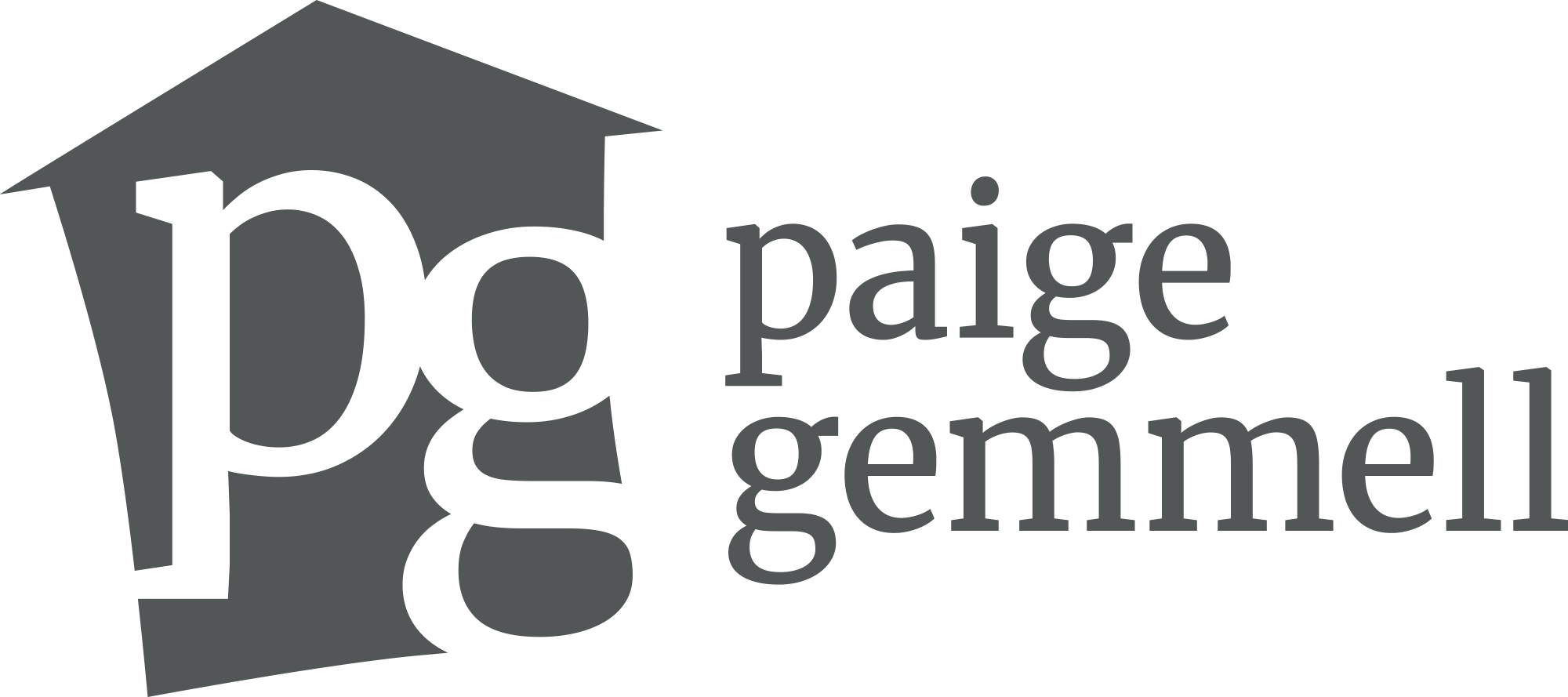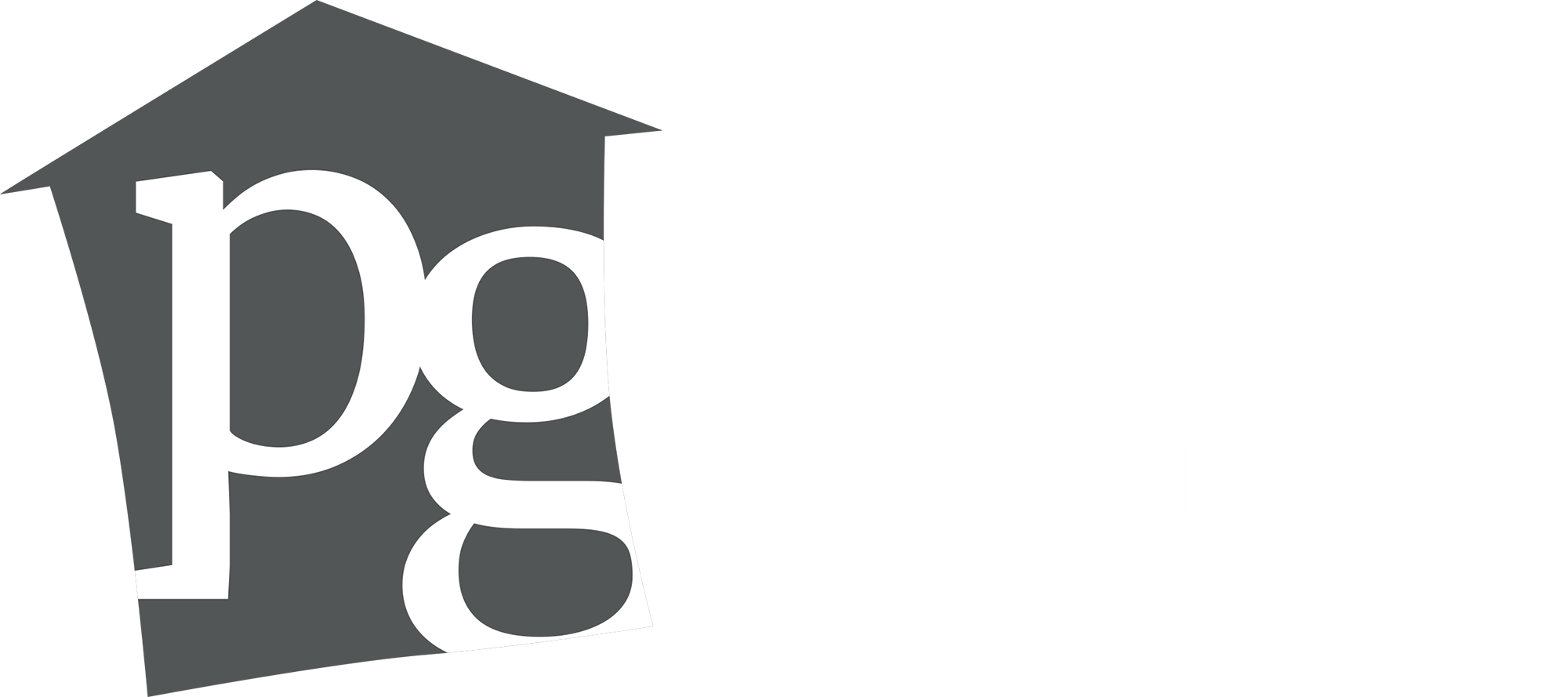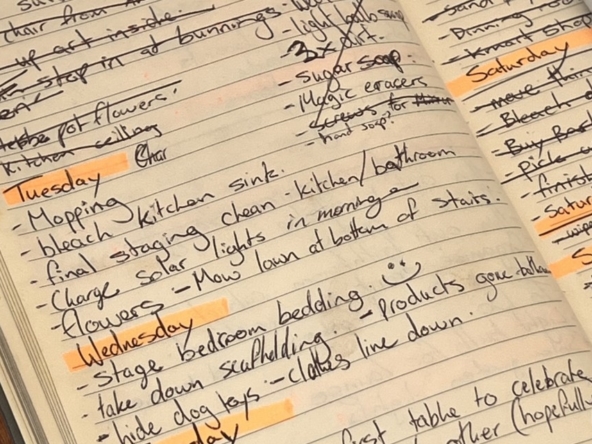3.4% is the expected figure for the OCR by the years end, as the Reserve Bank attempts to tackle inflation hitting highs and hurting both families and business alike.
Inflation figures surged to 6.9 percent in the year to March from the manageable rate of only 1.5 percent the year before. Our inflationary framework is staring down a massive challenge as prices continue on relentless upward movement for essential commodities.
Sharp price hikes across our economy reflect a superabundance of factors from both home and abroad, which have collided together at the same time.
Prolonged pandemic disruption and stimulus, international supply chain disruption, have been followed by Russia and Ukraine, along with conditions across our domestic economy have all played a part.
Observers are expecting the last quarterly inflation reading to mark the peak for this economic cycle, while Westpac Bank economists say it would likely have occurred in June had the government not stepped up with the temporary reduction of the fuel excise, which has been estimated to take circa 0.6 percent off the Consumer Price Index (CPI).
However, it’s still expected that even as inflation recedes from its current highs, it is likely to remain elevated, determined by several key local factors.
- The Reserve Bank of New Zealand (RBNZ) is currently walking a tight rope between doing enough to uphold its credibility by wrangling inflation back within the one-to-three percent target band, whilst avoiding collapsing the economy and creating a recession.
- Overseas, the shock is similar as some of the Reserve Banks have jumped up 100 basis points as opposed to NZs latest raise of 50 basis points.
- International governments have borrowed money to save their respective economies from a disaster however in doing so, the result of dumping billions of extra dollars into the mix spurred increased demand for physical goods including real estate.
- We also saw a sharp hike in commodities prices like oil, which have huge flow-on-effects for the broader economy with transport and logistics, which impact the price of everything.
- New build costs are estimated to have risen by 18.3 percent in the last year as domestic pricing pressures become widespread in labour-intensive services. There is also a growing skills shortage and businesses are finding they have to pay higher wages to either attract or keep staff. This could mean that we will see building consents decline from the record highs of the last year, as firms work harder to deliver on projects while dealing with widespread capacity constraints.
Identifying the key drivers of inflation is important., New Zealand’s s initiative the RBNZ’s Funding for Lending Programme (FLP) and its Large-Scale Asset Purchase (LSAP) programme have served to support asset values. This is evidenced by average house prices rising above 30 percent from pre-pandemic levels, and the ongoing occurrence of homeowners leveraging recent gains and continuing to transact despite current market uncertainty.
For the coming months, policymakers will be watching the performance of our housing market due to the majority of household wealth being tied to tangible assets such as the family home.
It’s estimated that around 60 percent of mortgage debt comes up for refinancing in the next nine months, which means there will be many Kiwis adjusting to higher mortgage lending rates. Whilst there’s been no crash-landing for the housing market, activity has certainly regressed from its pandemic peak craziness, as both buyers and sellers continue to adjust to new market conditions.
For more information on the real estate market, recent sales or listings in your area including days on market by Selling Method, or if you are thinking about putting your property on the market, simply go to my Contact Page to get in touch.





